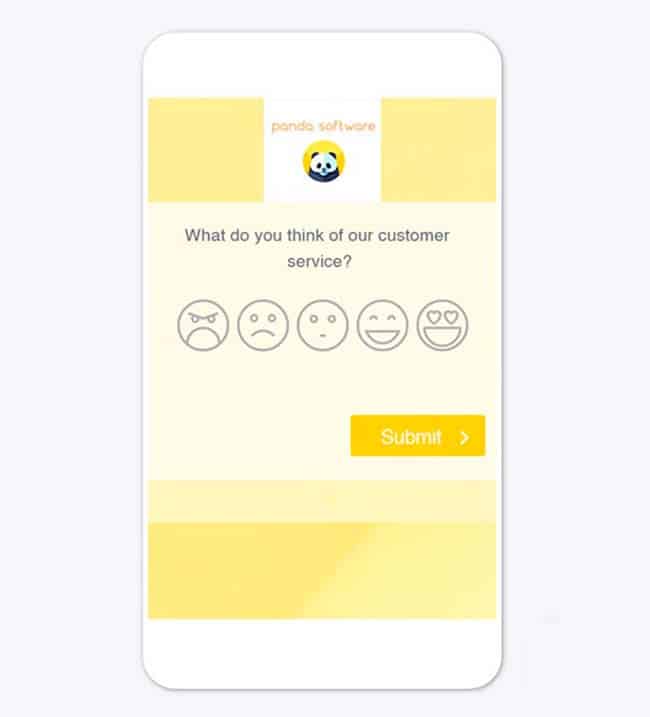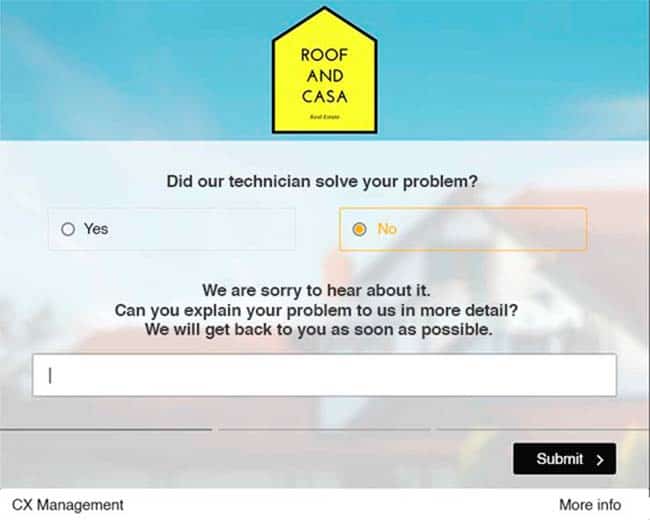How coherent and organised your surveys are impacts your response rate and the quality of the answers you collect. Here are certain rules of logic to follow, some obvious, others less so. Read on for 5 rules that are easy to apply.
Rule n°1: Ensure Your Questions Unfold in a Logical Order
Your questions should unfold in a logical and coherent order. If you want to engage your respondents and keep them focused, you have to make things as easy as possible for them. Good sequencing makes your survey much smoother because each question leads on to the next.
If you jump from one subject to another, some respondents may give up and not complete your survey. It is essential that the questions link together and unfold smoothly.
Rule n°2: Ensure Your Surveys Are Coherent
You need to take a step back for this second rule. Your questions should flow smoothly and coherently, but there should also be a logic behind your survey as a whole.
There’s an easy way to ensure that your survey is coherent: try to give it a title.
For example: “What do you think of our customer service?” or “What do you think of the new version of our X product?”.

If you can’t give your survey a title, then it probably covers too many topics and is asking unrelated questions.
A coherent survey is a “specialised” one. At Skeepers CX Management, we recommend using thematic surveys. If you want to ask your customers about several different subjects, create several surveys rather than one catch-all survey.
Rule n° 3: Ensure Your Surveys Develop and Progress Properly
Your surveys should develop gradually, like a novel. There are several ways to do this. But generally, a survey should develop by moving from the simplest to the most complex question, the most general to the most technical, the most impersonal to the most personal.
This progression should be clear in your surveys. For example, if you want to rate your customers’ satisfaction with your delivery service, you could start with a generic question, such as: “Were you satisfied with your last delivery?” (this question also helps build your CSAT satisfaction indicator).
You can then ask several more specific questions to get more detailed feedback. For example, questions about delivery time, delivery conditions, quality of packaging, quality of tracking, etc.
You can end your survey by asking a question to build your Net Promoter Score (NPS): “Would you recommend our service to others?”

You can also ask one or more personal questions at the end to find out more about your customers themselves, as opposed to only what they think about you.
Rule n°4: Ensure Your Surveys Follow Your Customer Experience Steps
Whether you want to assess a product or service, the order of your questions should reflect the chronological order of your customer experience. For example, to evaluate your customer service, you could unfold your questions in this order:
- How did you contact our customer service?
- How easy was it to reach our customer service?
- How would you describe the person who handled your request?
- Were our operator’s questions clear enough?
- Was our operator able to solve your problem?
- In general, how would you rate our customer service’s responsiveness?

If the survey is about rating a product, you should ask questions in a logical order, from understanding to using the product. For example, for high-tech products, it’s best to start by evaluating the product’s exterior (design, weight, size) and then its features.
Rule n°5: Ensure Your Surveys Are Adapted to Your Respondents’ Profile
This might seem obvious, but you wouldn’t ask men what they think about personal hygiene products for women. There is no point sending a survey to rate a product to people who have never bought or used it.
More generally speaking, you should ensure that your surveys are addressed to people who are likely to be able to answer the questions. This is an obvious and intuitive rule that serves as a reminder of the importance of targeting surveys.
A survey rarely applies to your entire database. The most efficient surveys are those that target a specific segment of your clientele and that deal with a specific theme / experience. To create this type of survey, we recommend using customer knowledge solutions that are adapted to your needs.
Conclusion
Never underestimate the importance of logic in a survey. Following these rules will make your surveys easier to complete for respondents, by creating a smoother and more straightforward experience. A survey’s logic also impacts the quality of the answers collected.



















